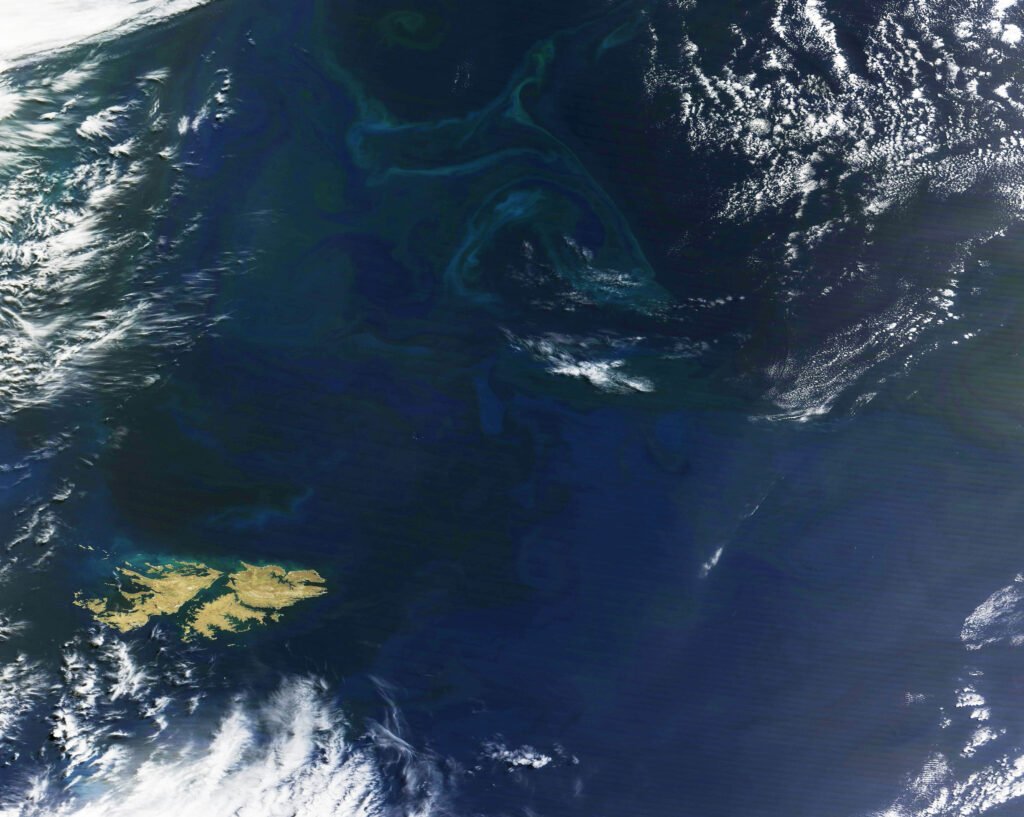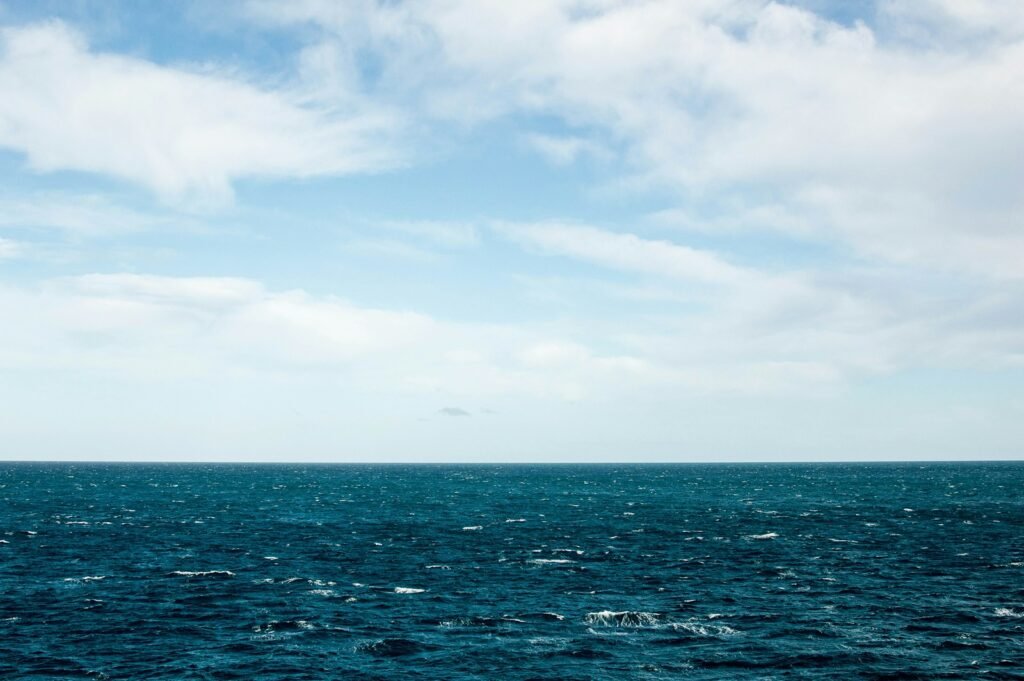In the realm of video games and fantasy literature, the concept of floating landmasses, or “sky islands,” captures the imagination. These ethereal landscapes hover gracefully in the sky, defying the laws of physics as we know them. But could such islands ever exist in reality? While it might seem like a whimsical notion, science offers intriguing possibilities and insights that challenge our understanding of gravity, buoyancy, and geological formation.
The Physics of Floating: Defying Gravity
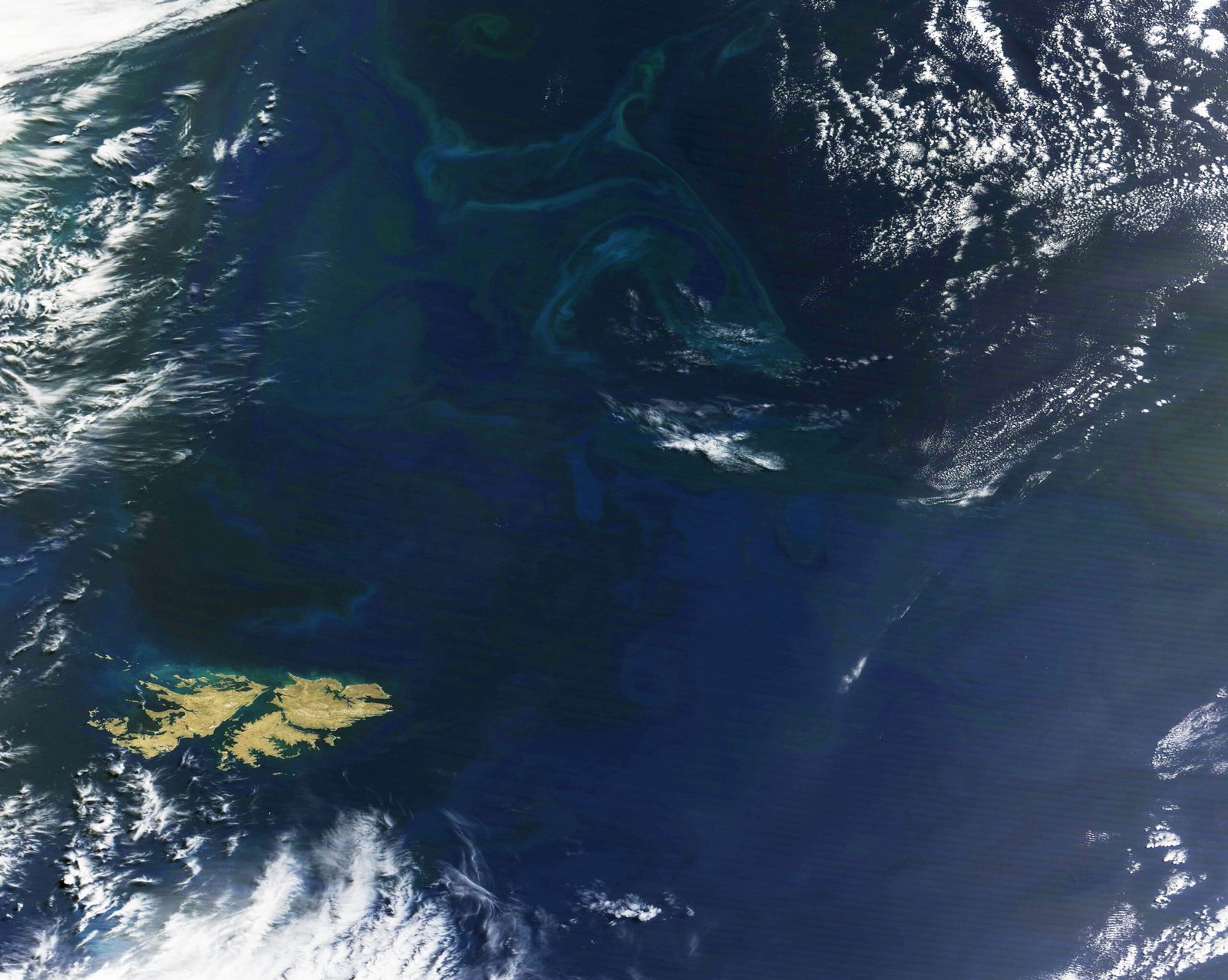
Gravity is the force that pulls objects toward the center of the Earth, and it’s a fundamental part of our daily lives. For a landmass to float in the sky, it would need to counteract this ever-present force. In theory, if a landmass were less dense than the air around it, it could float, much like helium balloons do. However, achieving this with a solid mass like rock presents a significant challenge. The density of rocks is far greater than that of the atmosphere, making natural buoyancy nearly impossible. Scientists speculate that a combination of advanced technology, involving anti-gravity mechanisms, could theoretically allow for such phenomena, but this remains squarely in the realm of science fiction for now.
Natural Sky Islands: Earth’s High Altitude Wonders
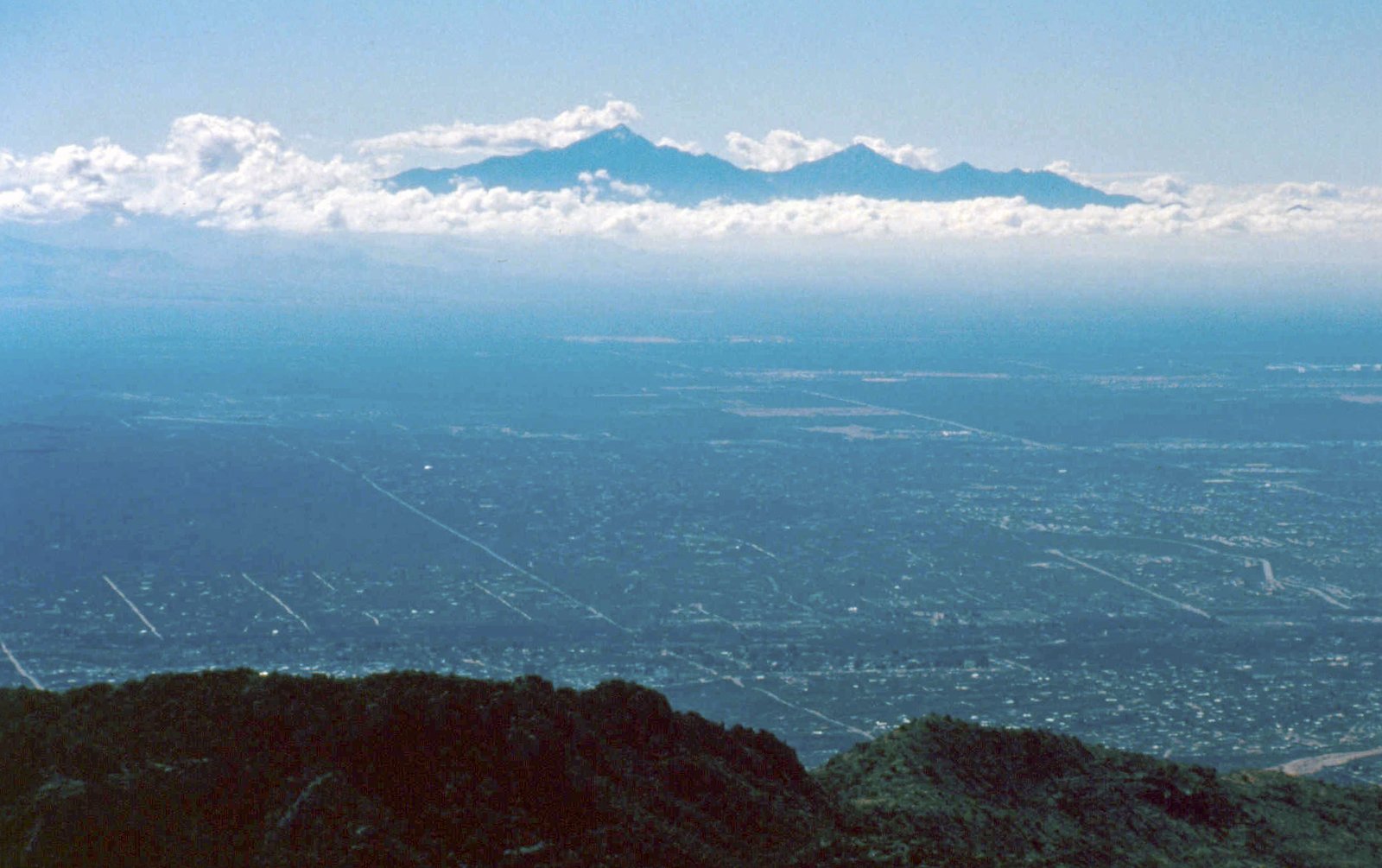
While floating landmasses may not exist, there are places on Earth that evoke a similar sense of wonder. Known as “sky islands,” these are isolated mountain ranges that rise abruptly from lowland environments, creating unique ecosystems. One such example is the Madrean Sky Islands in the southwestern United States and northern Mexico. These mountain ranges are home to diverse flora and fauna that are distinct from the surrounding desert landscapes. Although they don’t float, the isolation and elevation of these mountains create conditions akin to the fantastical sky islands seen in media.
Levitation Through Magnetic Fields
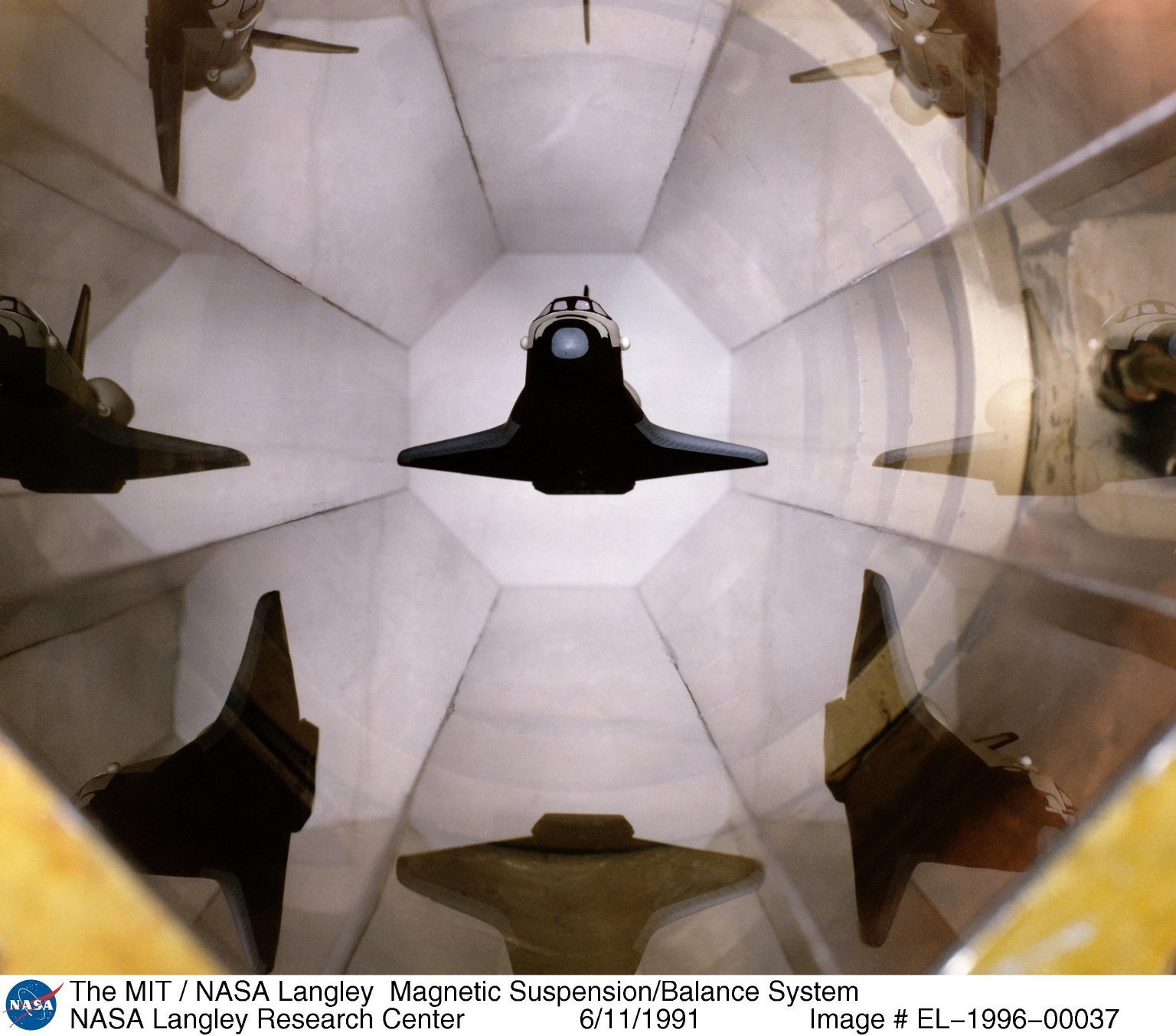
One of the more scientifically grounded possibilities for floating landmasses involves the use of magnetic fields. Magnetic levitation, or maglev, is already used in high-speed trains, allowing them to hover above the tracks, reducing friction. If we could scale up this technology, it’s conceivable that large structures could be suspended in the air. However, the energy requirements and technological challenges associated with maintaining such massive magnetic fields make this an improbable solution for creating floating islands.
Atmospheric Pressure and Buoyancy
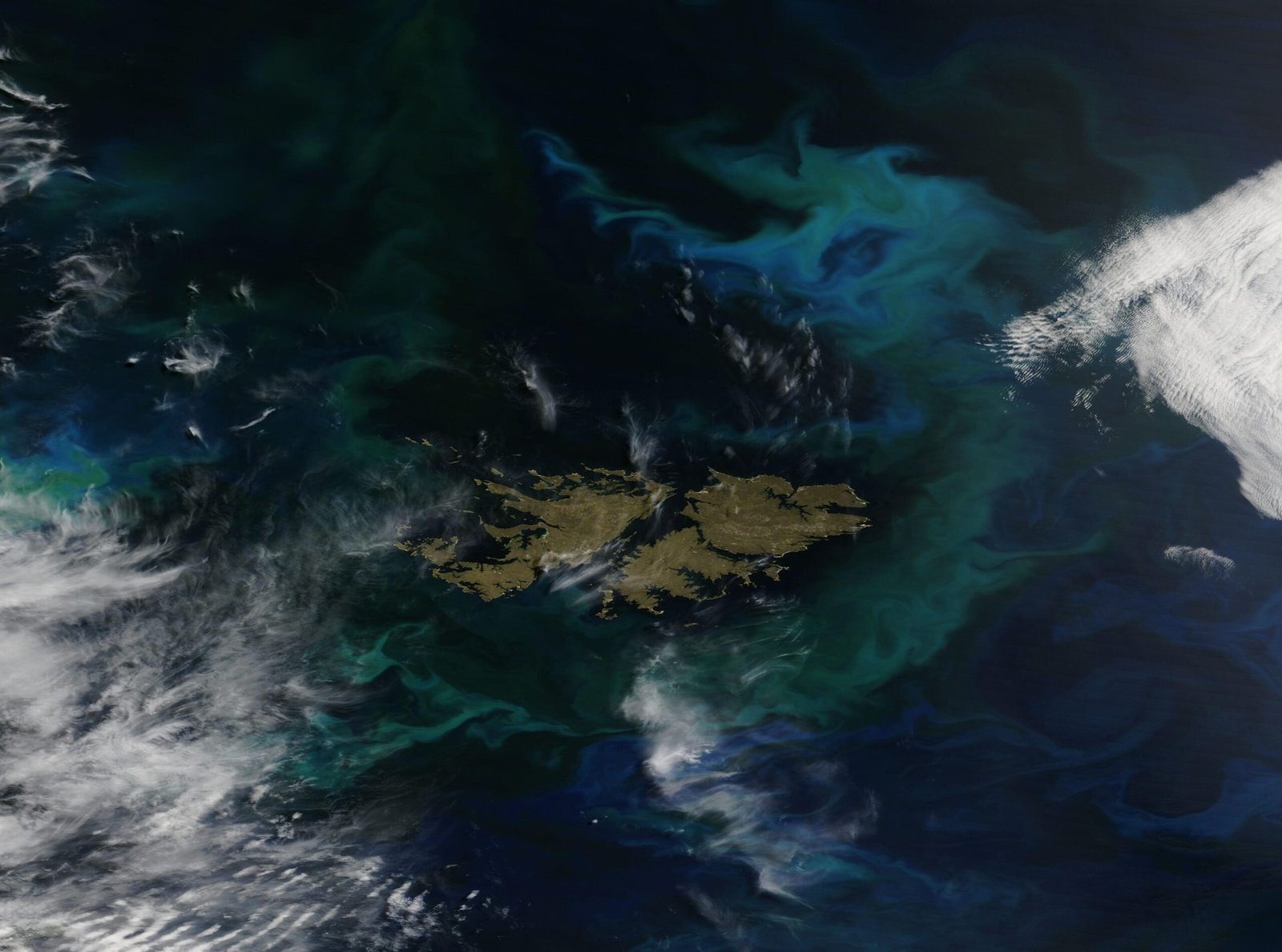
Another avenue of exploration lies in the concept of atmospheric pressure. Just as submarines use buoyancy to float in water, a floating landmass might use differences in atmospheric pressure to remain aloft. However, this would require a material or structure that could withstand significant pressure differences without collapsing. Currently, no known material could support such a structure on a large scale, but future materials science advancements could potentially open new doors in this area.
Floating Cities: A Glimpse into the Future
While the idea of entire landmasses floating in the sky remains speculative, the concept of floating cities is gaining traction. With rising sea levels and overpopulation concerns, architects and engineers are exploring the potential for cities that float on water. These floating structures could be anchored to the ocean floor, providing a stable base while remaining adaptable to environmental changes. Although they wouldn’t soar among the clouds, floating cities represent humanity’s innovative spirit in adapting to our planet’s changing conditions.
Cloud Cities in Science Fiction

Science fiction often serves as a playground for ideas that challenge our understanding of reality. From the cloud cities of “Star Wars” to the floating islands in “Avatar,” these imaginative creations inspire curiosity and innovation. While they remain fictional, the themes explored in these stories push the boundaries of what we believe is possible. They encourage us to think beyond the constraints of current technology and imagine a future where the impossible becomes reality.
The Role of Advanced Materials

One of the key challenges in creating floating landmasses is the development of materials that are both lightweight and strong enough to support large structures. Advances in materials science, such as the creation of graphene and aerogels, offer some hope in this area. These materials boast incredible strength-to-weight ratios and could potentially be used to construct parts of a floating structure. However, significant breakthroughs are still needed to make this a feasible reality on a large scale.
Environmental Implications of Floating Landmasses
If floating landmasses were ever to become a reality, their environmental impact would need careful consideration. The ecosystems and weather patterns of the regions beneath these floating structures could be significantly affected. Additionally, the resources required to construct and maintain such landmasses could strain the environment. Any future development in this area would need to balance human innovation with ecological preservation to ensure a sustainable future.
The Intersection of Art and Science

The dream of sky islands blurs the line between art and science. Artists and architects draw inspiration from these fantastical concepts, creating visionary designs and speculative models. Meanwhile, scientists and engineers explore the possibilities within the laws of physics. This intersection encourages a collaborative approach to problem-solving, where creativity and scientific inquiry work hand in hand to push the boundaries of human achievement.
Conclusion: The Future of Floating Realms
While floating landmasses remain a fantastical notion, the scientific exploration of such ideas fuels our curiosity and innovation. By examining the principles of physics, materials science, and environmental impact, we gain valuable insights into the possibilities and limitations of our world. As we look to the future, the dream of sky islands inspires us to continue exploring the unknown, pushing the boundaries of what is possible and reminding us of the boundless potential of human imagination.

